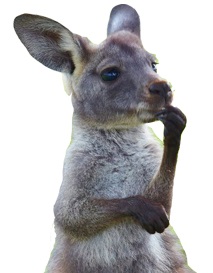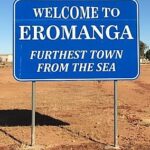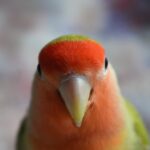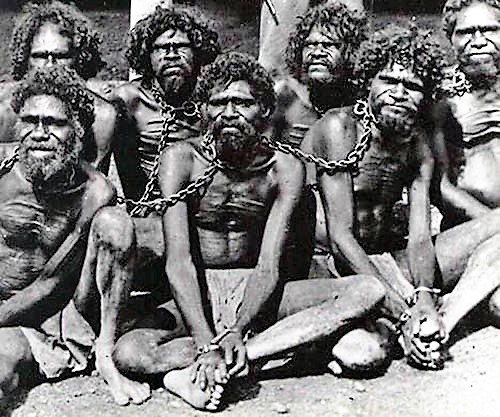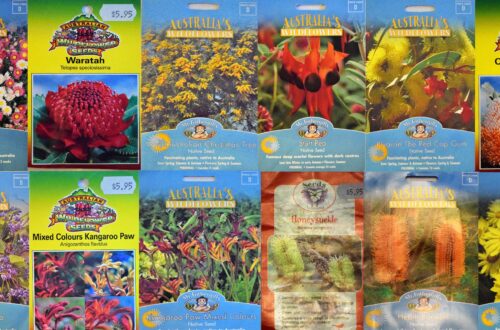
今では英語がオーストラリアで最も使われている言語であるが、同国では数十ある先住民言語の一つが母国語である人が多数いる。
And many indigenous Australian languages have for tens of thousands of years used sign language as well, the most famous example being that used in the Warlpiri language used in the remote central Australian desert, centering on the community of Yuendumu.
面白いことに、この先住民言語の中、多くが何万年前から「手話」が使われている言語が多い。恐らくその最も有名な例がオーストラリア中央部砂漠地帯内イウエンドゥムで使われているワールピリ語だ。
Including the Warlpiri, these sign languages are often the result of taboo practices, where custom forbids certain members of tribes speaking to other members. The sign languages developed as an alternative to verbal communication.
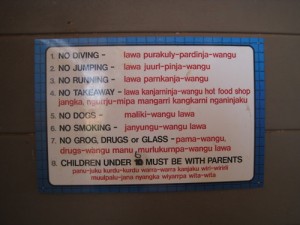
Many Warlpiri speakers and other indigenous Australians maintain their traditional lifestyles even today, ensuring these sign languages are retained even as their languages are threatened by the dominance of English.
今でもワールピリ語を母国語とする人々をはじめ、数多くの方々が英語の圧倒的な力を懸念しながら伝統的な生活や言語を守っていっている。
Warlpiri and other northern Australian indigenous languages have strongly influenced the area’s use of a form of Auslan, the Australian Sign Language that targets the hearing impaired.
そして、オーストラリア最北部で聴覚障害者の間で使われている豪式手話であるAuslanにワールピリ語のような先住民言語の手話が大きく影響する。
Manyu-Wana, a Children’s Program in Warlpiri

